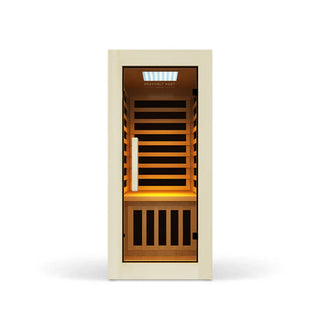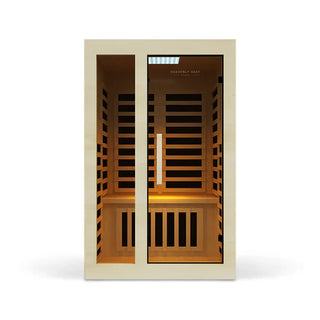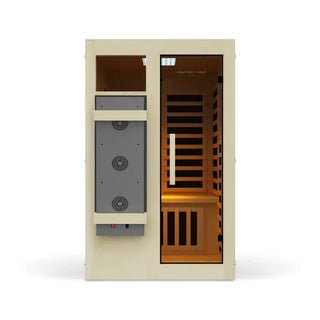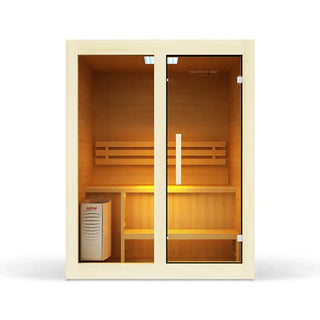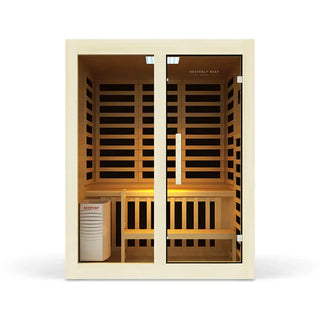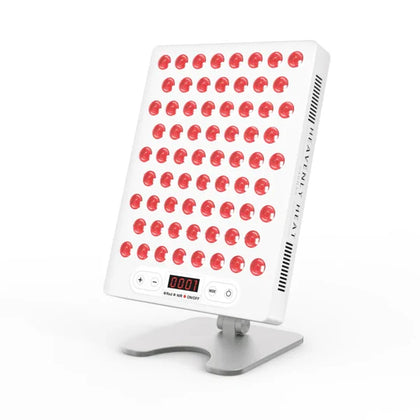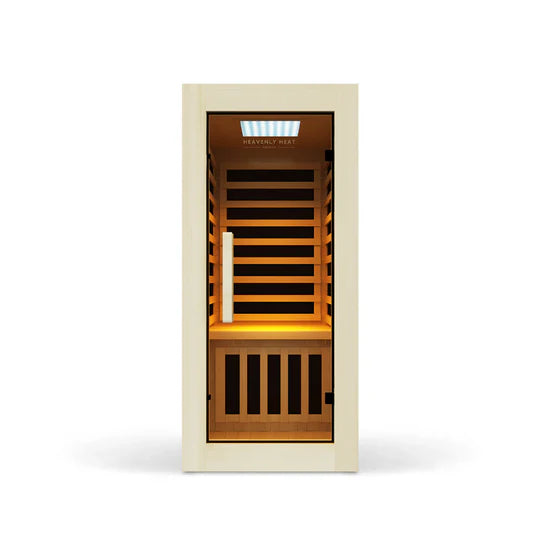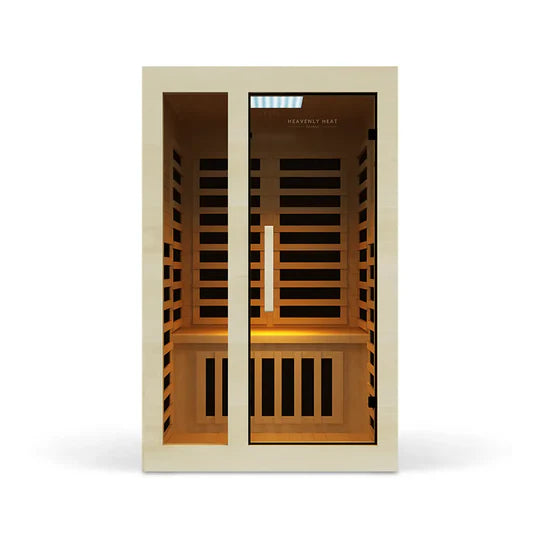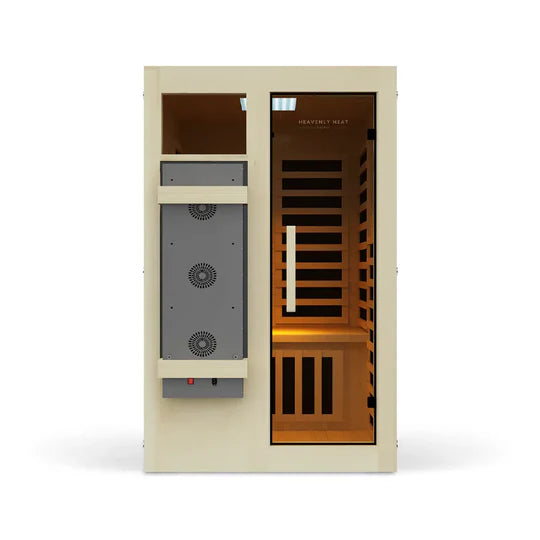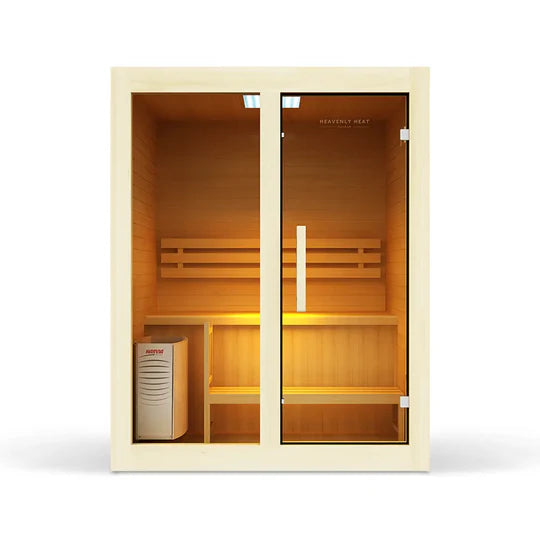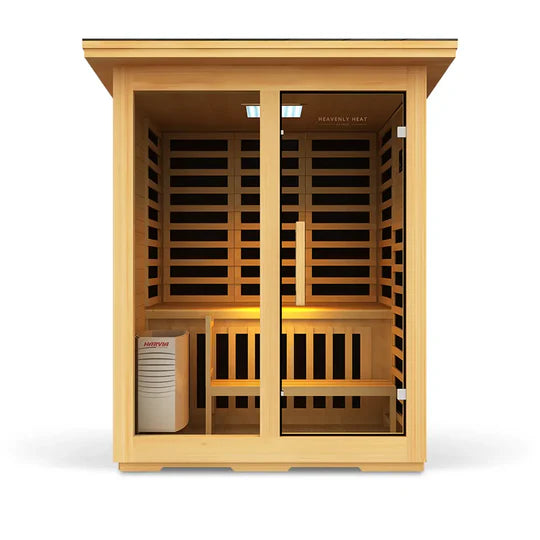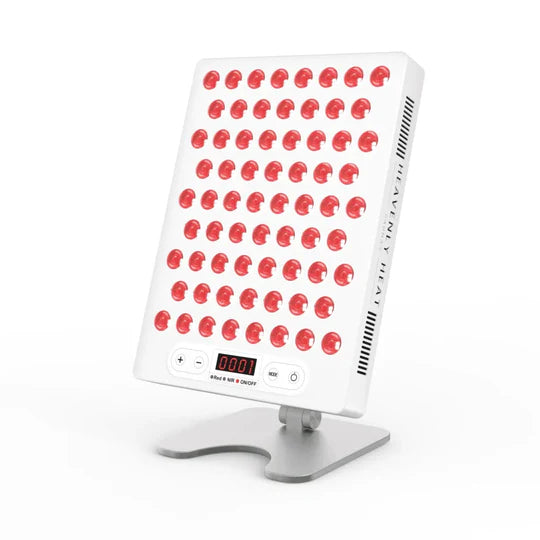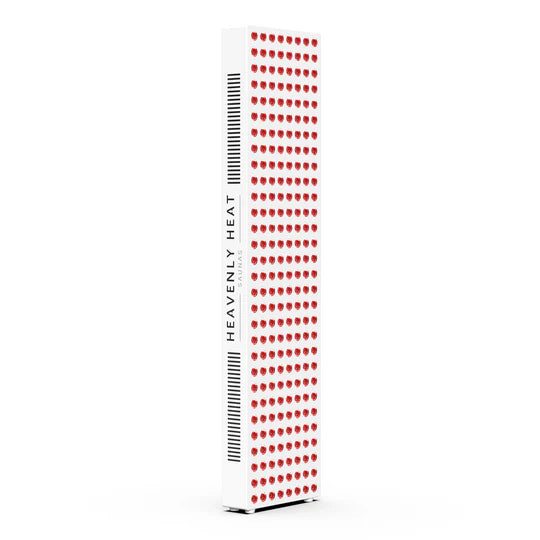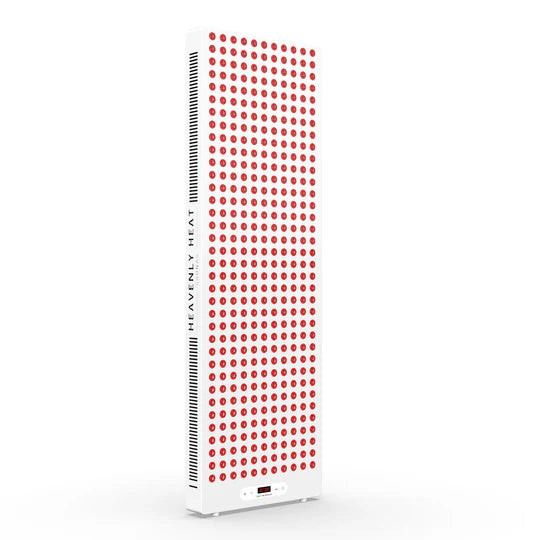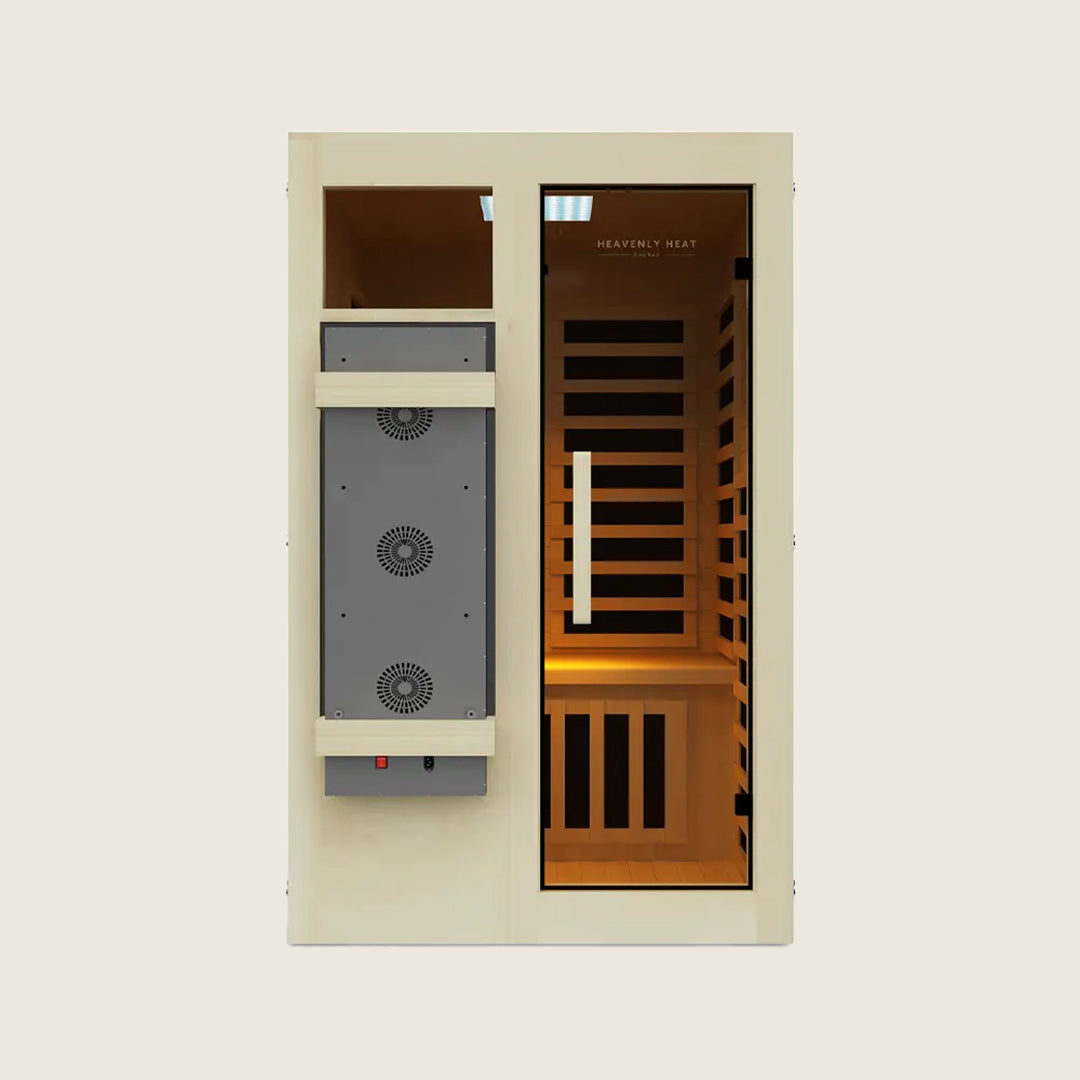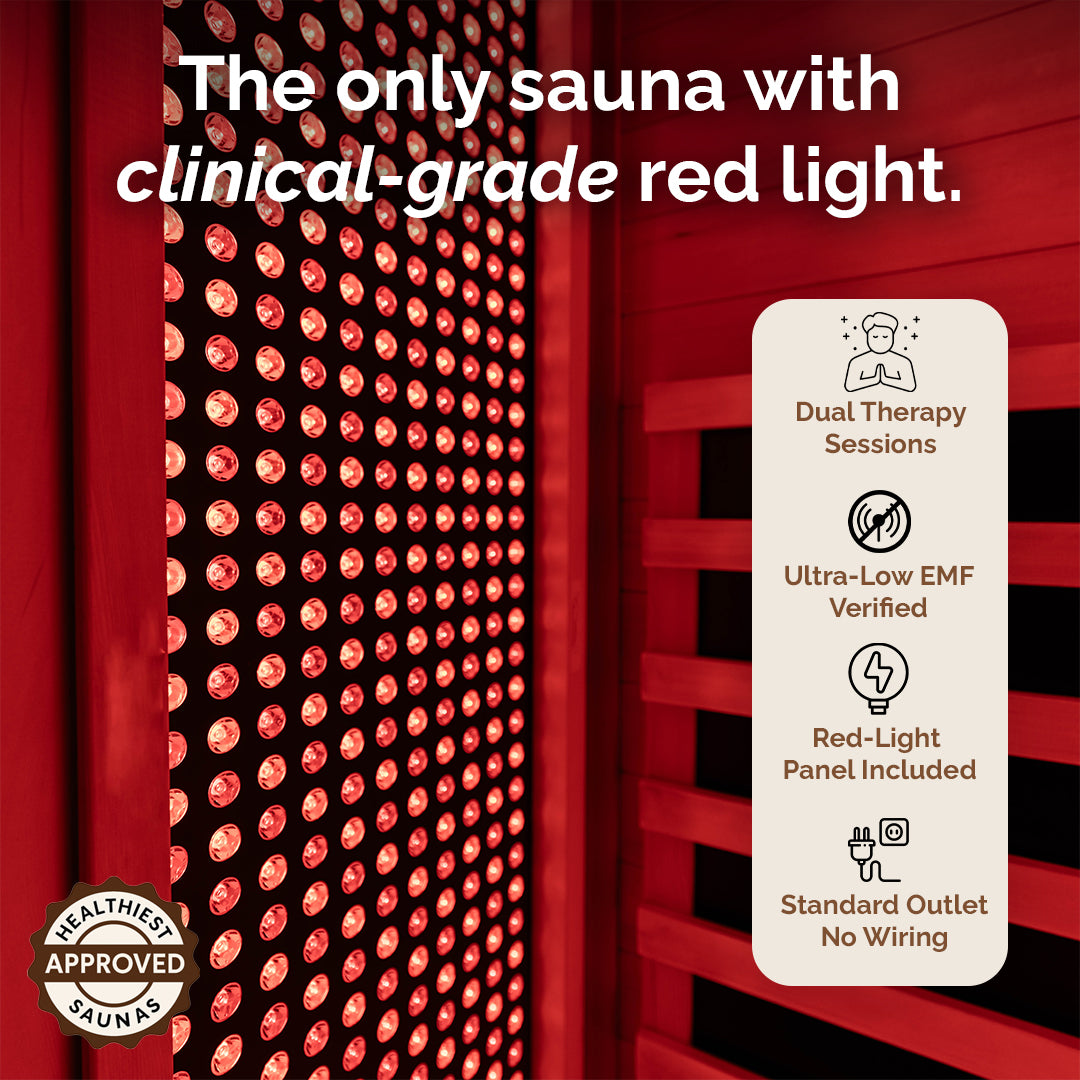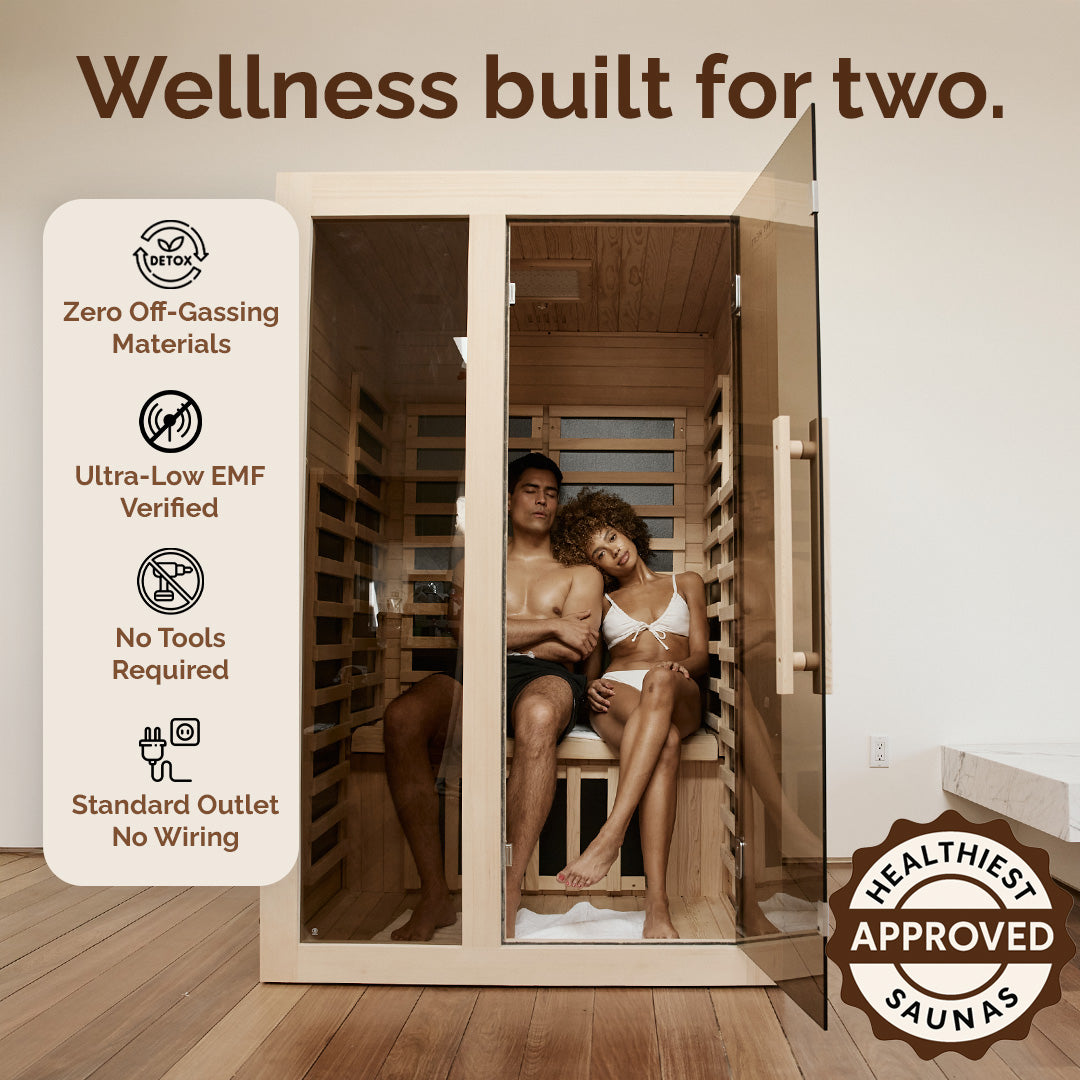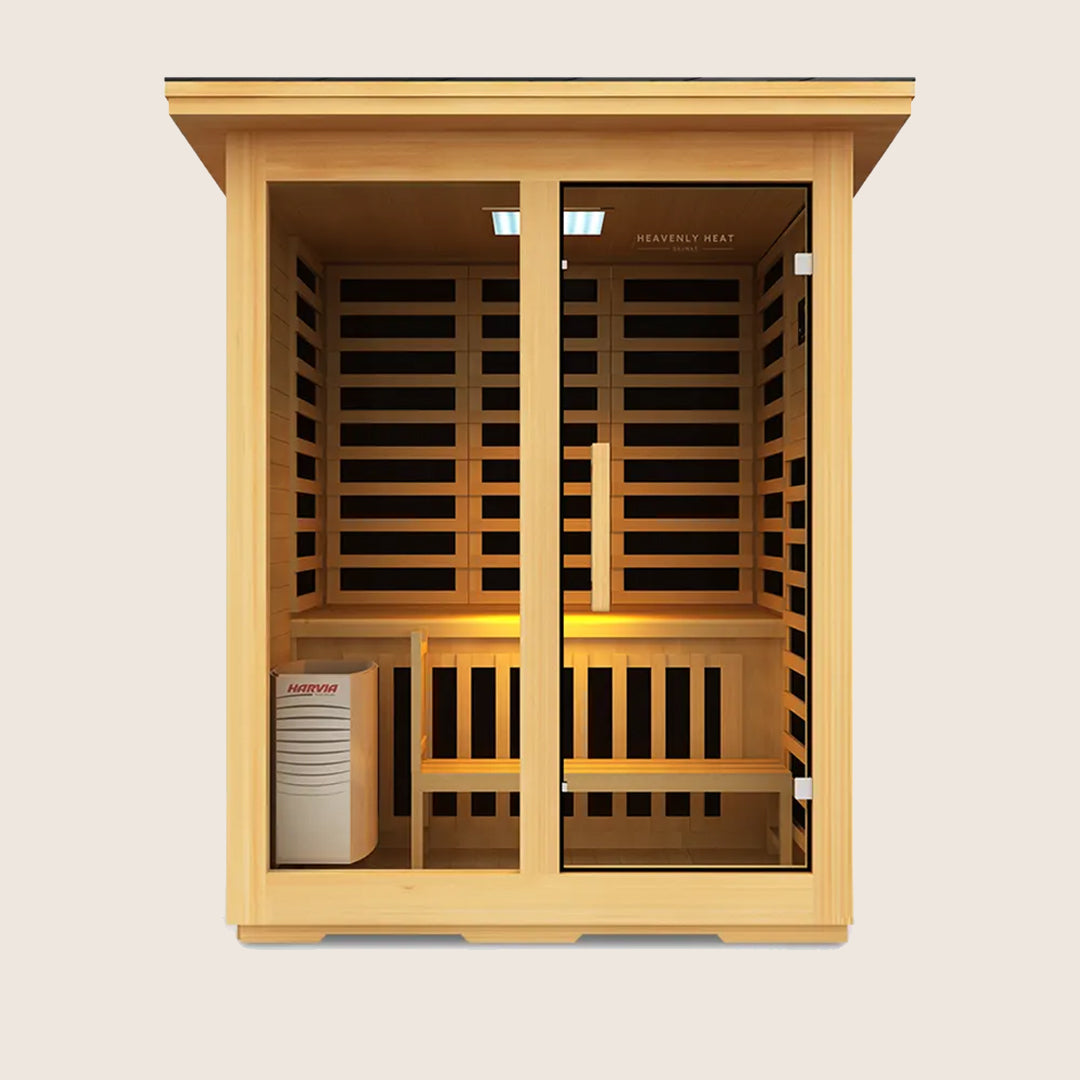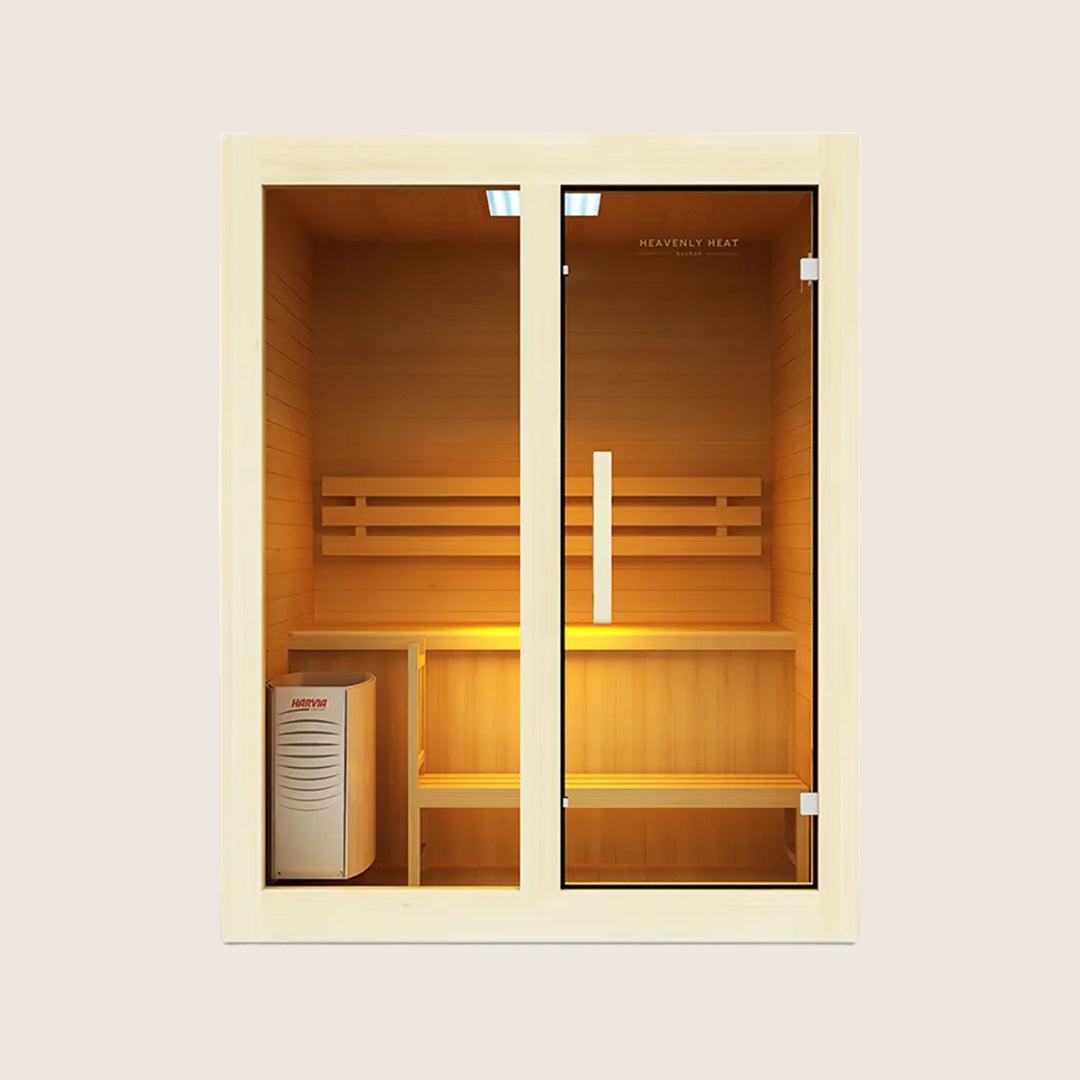Should You Do a Cold Plunge Before or After Workout?

Curious if cold plunging before or after your workout gives better results? You're not alone. Many swear by icy dips, but timing makes all the difference.
In this guide, you'll learn when to cold plunge for recovery, focus, and muscle growth, plus tips, science, and real advice to help you do it right and stay safe.
Table of contents
Key Takeaways
-
Use Cold Plunge After Workouts for Recovery: It helps reduce soreness, inflammation, and fatigue.
-
Delay If You Want Muscle Gains: Wait 4–6 hours post-workout before plunging to avoid blunting growth.
-
Go Pre-Workout for Focus: A short dip before training boosts energy, clarity, and mental resilience.
-
Don’t Overdo It: Limit plunges to 5–10 minutes, 2–3 times per week for best results.
-
Mind the Risks: Start slowly, stay within safe temperatures, and check with your doctor if you have health concerns.
The Science Behind Cold Plunge & Workout
Ever wondered why so many athletes jump into icy water after a tough workout? It’s not just for show.
Cold plunges can help your muscles feel better by easing soreness, lowering stress on the body, and speeding up recovery.
After exercise, your muscles get tiny tears and build up waste like lactate, this leads to soreness and tiredness. Cold water helps cool things down fast and reduce that damage.
A 2023 review in Frontiers in Physiology looked at 20 studies and found something interesting: people who did cold plunges right after working out felt less sore and less tired.
Their muscles also showed fewer signs of stress, like lower creatine kinase and lactate levels. One quote from the researchers says it best: “Cold water immersion can effectively reduce muscle soreness and accelerate fatigue recovery.”
But don’t see it as a magic fix. Cold plunges didn’t lower all signs of inflammation, and scientists still need to learn more about how it really works long term.
Still, if you're looking for a quick way to bounce back after a hard session, a cold dip might just do the trick.
What Are the General Benefits of Cold Plunging?
Reduced Muscle Inflammation and Faster Recovery
Taking a cold plunge after your workout might do more than just jolt you awake, it can actually help your muscles bounce back faster.
Cold water helps reduce inflammation by constricting blood vessels and slowing down cellular processes, which can ease soreness and prevent long-lasting fatigue.
A 2021 meta-analysis found that cold water immersion 24 hours post-exercise significantly reduced muscle damage and soreness while boosting perceived recovery.
Another review from 2022 backed this up, showing lowered creatine kinase levels and faster fatigue recovery when cold plunges followed intense workouts.
Stronger Immune Response
Cold plunging gives your immune system a wake-up call. When you step into cold water, your body reacts by boosting certain immune cells that help fight off sickness.
It’s like giving your immune system a workout. In fact, a study in the Journal of Thermal Biology (2024) showed that people who took cold showers every day for 90 days had higher levels of immune-boosting proteins like IL-2, IL-4, and antibodies.
Mood Elevation and Stress Relief
Feeling anxious or mentally drained? Cold plunging might be the reset button your brain needs.
The jolt of cold water activates your nervous system, releasing mood-boosting chemicals like norepinephrine and dopamine, helping you feel more alert, inspired, and emotionally balanced.
In one brain imaging study, researchers found that just five minutes of cold-water immersion activated areas linked to improved mood and reduced distress.
Another study showed that participants who plunged into cold sea water had significantly lower tension, depression, and fatigue levels than those who didn’t.

Enhanced Metabolism and Fat Activation
Cold plunging does more than shock your system, it actually helps your body burn fat. When you jump into cold water, your body works fast to stay warm.
To do that, it turns on brown fat, a type of fat that burns calories to create heat. This boost can nearly double how fast your body burns energy.
According to a 2014 study in PLOS ONE, mice exposed to cold temperatures showed a strong increase in brown fat activity and burned more energy, even without losing weight.
That means cold plunging can fire up your metabolism and help your body use fat as fuel more efficiently.
Boosted Mental Clarity and Resilience
Cold plunges do more than wake you up,they help clear your mind and build mental strength. When you dip into cold water, your body quickly releases adrenaline and norepinephrine.
These natural chemicals boost your focus, energy, and alertness. Over time, this rush helps your brain handle stress better, making you feel calmer and more in control.
A 2025 study in PLOS ONE found that people felt less stressed 12 hours after cold plunging. The study also showed better sleep and improved overall well-being.
So, if you want to feel sharper, more focused, and mentally stronger, adding cold plunges to your routine can really help.

Improved Sleep Quality
Cold plunging may help you sleep better by lowering your core body temperature, which signals your brain that it’s time to rest, promoting deeper, more restorative sleep.
One study published in Frontiers in Physiology found that whole-body cold immersion after intense exercise increased slow-wave sleep and reduced nighttime restlessness in trained athletes.
Another systematic review involving over 3,000 participants reported improvements in sleep quality and overall well-being from cold water exposure.
Together, these findings suggest that cold plunging can support better sleep,especially when used regularly after physical activity.
Is It Better to Cold Plunge Before or After a Workout?
Wondering when to cold plunge around your workout? A quick dip before can boost focus and energy, great for mental prep, just keep it short. After a workout, it helps with soreness and recovery but may slow muscle growth. For strength goals, wait 4–6 hours before plunging.
In conclusion cold plunging can be beneficial both before and after workouts, but timing matters, use it pre-workout for mental sharpness and post-workout for recovery, while delaying it if muscle growth is a priority.
Are There Any Health Risks Associated With Cold Plunging?
Cold plunging can offer benefits, but it also comes with risks, especially for those with heart conditions.
According to Taylor and Francis Online, cold exposure increases heart strain and may reduce blood flow, triggering chest pain or even ischemia in people with coronary artery disease.
Medical experts warn of cold shock or hypothermia. To stay safe, start with 30–90 second dips in 50–60°F (10–15°C) water. Always consult your doctor if you have any underlying health concerns.
How Long to Cold Plunge After Workout?
If you’re wondering when to take a cold plunge after working out, timing plays a big role, especially if muscle growth is your goal.
According to The Ohio State University, it’s best to wait 24–48 hours after training so your body’s natural inflammation process can support muscle development.
Jumping in too soon might slow early gains, though long-term recovery could help you train more consistently.
According to Frontiers in Physiology, cold water immersion (CWI) can reduce soreness, fatigue, and muscle stiffness right after exercise.
While its full effects are still debated, if faster recovery is your priority, plunging immediately may help, just wait if building strength is your main goal.
How to Use Cold Plunge After Workout
Cool Down First: Before jumping into the cold plunge, let your heart rate come down with a light cooldown or stretch.
Check the Water Temperature: Make sure the water is between 50°F–59°F (10°C–15°C) for optimal recovery benefits.
Limit Your Time: Stay in the cold plunge for 5 to 10 minutes max, too long can do more harm than good.
Breathe and Relax: Focus on deep, steady breaths to help your body adjust to the cold and avoid tensing up.
Don’t Overdo It: Cold plunges are effective, but using them too often can reduce training benefits, 2–3 times a week is usually enough.
Warm Up Gradually After: Let your body warm up slowly with a towel and comfortable clothes instead of jumping into hot water right away.
Can You Workout After Sauna and Cold Plunge?
Yes, you can work out after using a sauna and cold plunge, and it may even enhance your recovery and performance.
According to PLOS, contrast therapy, alternating between hot (sauna) and cold (plunge), can significantly reduce muscle soreness and strength loss after exercise compared to passive rest.
It also helps improve blood flow and reduce inflammation. Additionally, according to Mayo Clinic Proceedings, regular sauna use supports cardiovascular health by improving circulation, lowering blood pressure, and boosting endurance.
While the studies vary in protocols, most show positive results. Though more research is needed, combining sauna and cold plunge before or after training may help prepare your body for workouts and support faster recovery.

What Is the Ideal Cold Plunge Routine for Muscle Growth?
To maximize muscle growth, avoid cold plunges immediately after resistance training. They reduce inflammation but may interfere with the body's natural repair processes and protein synthesis.
Instead, cold plunge on rest days, after light workouts, or several hours post-strength training to support recovery without hindering gains.


